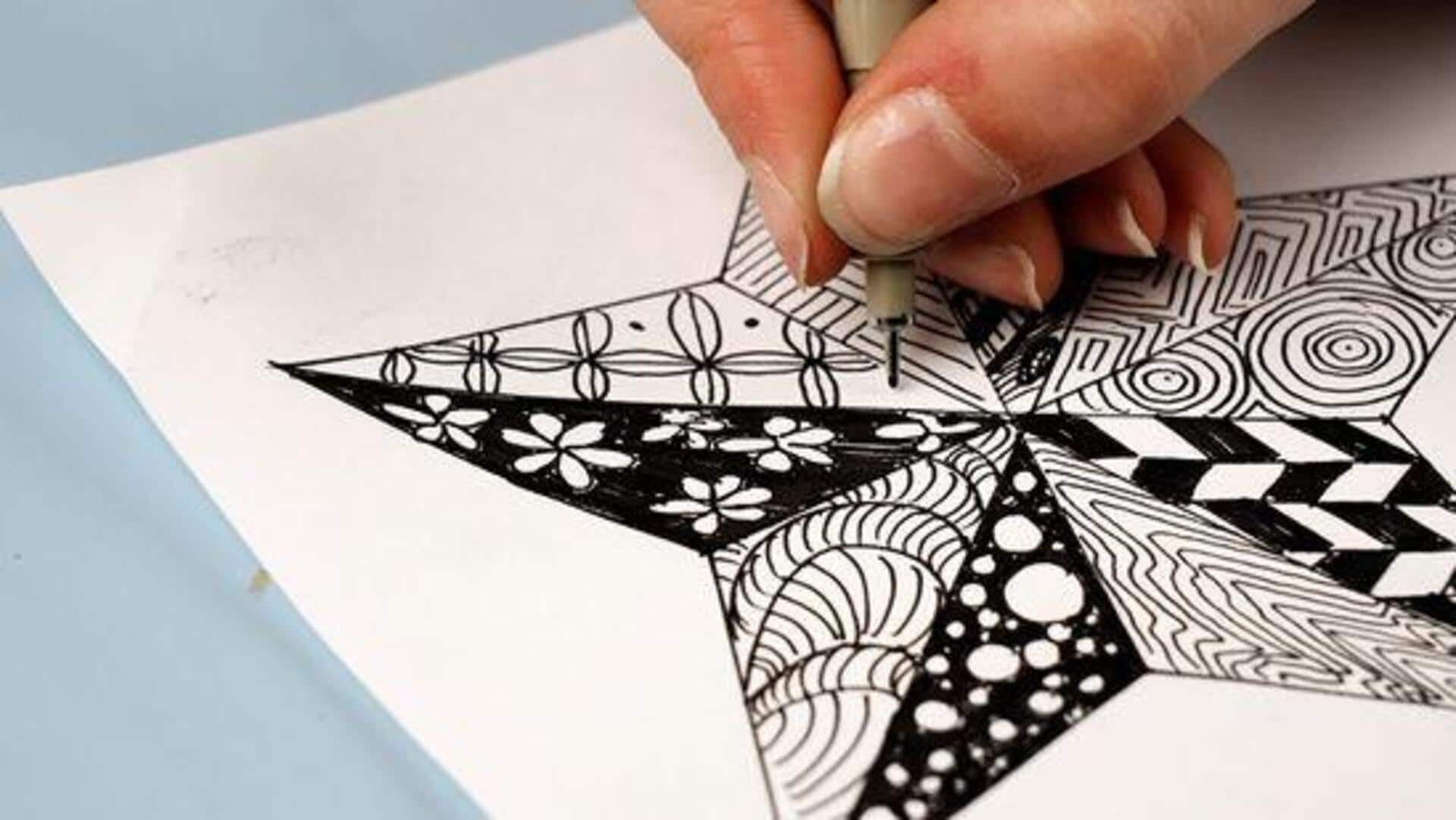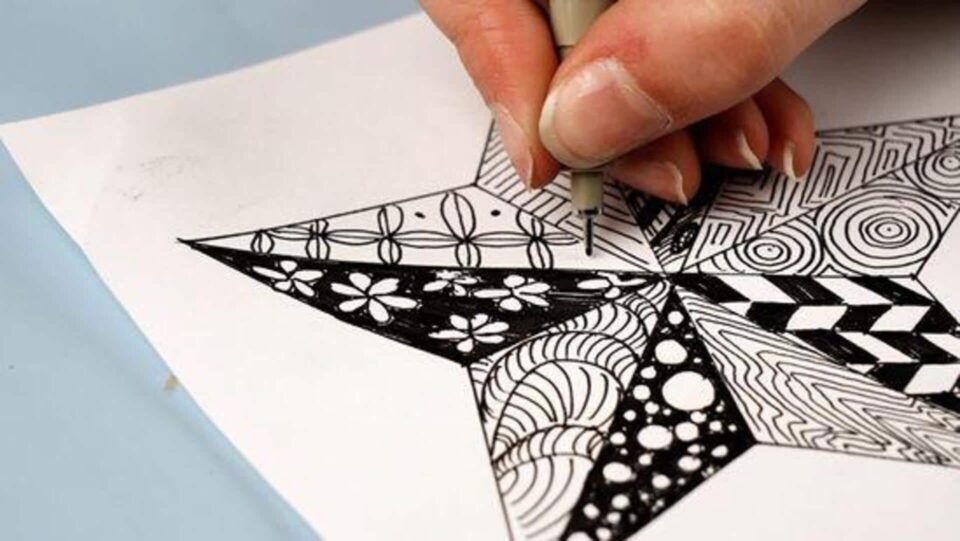
What’s the story
Zentangle is a modern-day art of meditation and creativity.
It involves structured patterns, called tangles, drawn on small paper tiles.
The technique promotes relaxation and focus, and can be followed by anyone, irrespective of their artistic skills.
The process is simple, yet profound, letting you explore creativity while feeling the calming effects of mindfulness.
Zentangle has become popular for its therapeutic benefits and its ability to induce a sense of accomplishment.
Origins and philosophy
Zentangle was created by Rick Roberts and Maria Thomas in the early 2000s.
They wanted to develop an art form that helps people relax with repetitive patterns.
The philosophy of Zentangle encourages the artist to understand that there are no mistakes, only opportunities for new patterns.
This way, artists learn to embrace their imperfections and consider them a part of the creative process.
Basic tools required
To begin Zentangle, you need very few tools: a fine-tip pen or pencil, paper tiles (generally three and half inches square), and a blender stump or tortillon for shading.
These basic materials allow anyone to start practicing without much investment.
The simplicity of the tools emphasizes the accessibility of this art form.
Benefits of practicing Zentangle
Apart from the fun of creating art, doing Zentangle has a lot of other benefits.
It improves concentration since you need to focus on detailed patterns, alleviates stress through meditative repetition, and increases self-esteem as you see your own creations take shape.
It can also improve hand-eye coordination over time.
Tips for beginners
For people who are new to Zentangle, begin with simple patterns before moving on to complex designs.
Practice regularly but without the pressure; remember that each tile is unique and personal.
Join online communities or local workshops for inspiration and support from fellow enthusiasts who share your interest in this meditative art form.

